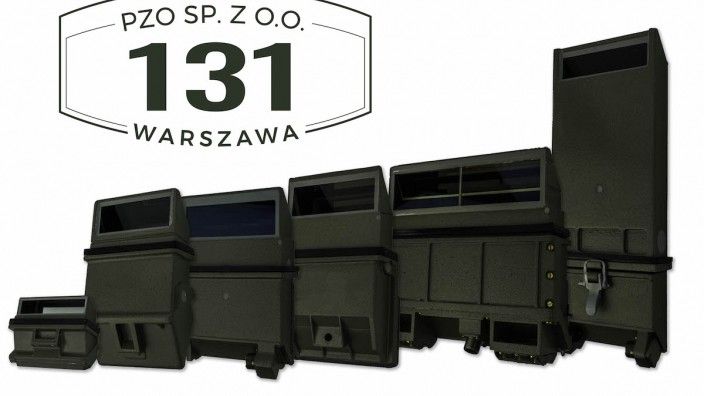Industry
Poland Restarts Manufacturing of Periscopes for the Legacy Fighting Vehicles

As announced by the PZO Sp. z o.o Warszawa, manufacturing of periscopes for the four oldest, yet primary fighting vehicles operated by the Polish military, has been relaunched.
The optical systems would be manufactured for the BRDM-2 reconnaissance platforms, BWP-1 IFVs, and T-72M/M1 and PT-91 Twardy MBTs. The manufacturing of the products listed above has been suspended at PZO some years ago. TNPO-170A/M, TNP-350W/M, TNPT-1, TNP-B, TNP-A, TNPO-160, BMP-190, and PP-61A/B systems for the BRDM-2/BWP-1 platforms are now going to be manufactured again, along with the TNPO-168W/M, TNPA-65A/M, TNP-160 M, and TNP-165A/M systems designed for the T-72/PT-91 MBTs.
All of the products listed above are being manufactured, based on technical documentation that is owned by the facility and that had been used to manufacture the aforesaid instrumentation in the past. Soon, the production would be relaunched concerning other systems. The PZO’s product portfolio, when it comes to military optics, would also be broadened, to meet the requirements of both the Polish military, as well as the export customers.
The relaunch of the manufacturing of the aforesaid periscopes for four types of fighting vehicles would make it possible to recover the potential of the domestic industry within the scope of maintenance and servicing. The effort would also meet the requirements that the Polish military may have within that scope. Currently, the Polish military operates less than 250 BRDM-2 platforms (in several variants), more than 1,000 BWP-1 vehicles, and more than 300 T-72M/M1 MBTs, along with 232 examples of the PT-91 Twardy MBT.
The aforesaid designs are the majority of the Polish Army’s combat vehicles thus being the backbone of its potential. These platforms are mostly obsolete and worn out. Ultimately they would need to be replaced and decommissioned. Programmes that are aimed at the acquisition of relevant replacements have been launched already, with codenames as follows: Kleszcz, Borsuk, and Wilk. Even if the programmes above are accomplished, the process may take 10 to 15 years, with the last of the legacy vehicles being decommissioned in 20 years. For that reason, it would be preferable to maintain full availability of the current inventory which also requires a steady supply of spares.
